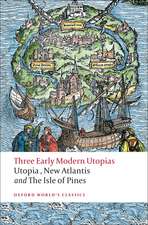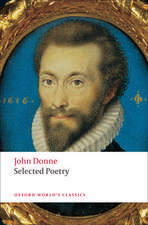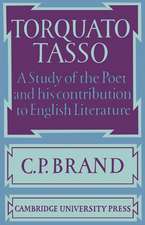Richardson's 'Clarissa' and the Eighteenth-Century Reader: Cambridge Studies in Eighteenth-Century English Literature and Thought, cartea 13
Autor Tom Keymeren Limba Engleză Paperback – 23 iun 2004
Din seria Cambridge Studies in Eighteenth-Century English Literature and Thought
-
 Preț: 288.19 lei
Preț: 288.19 lei -
 Preț: 377.00 lei
Preț: 377.00 lei -
 Preț: 281.49 lei
Preț: 281.49 lei -
 Preț: 280.91 lei
Preț: 280.91 lei -
 Preț: 341.90 lei
Preț: 341.90 lei -
 Preț: 283.25 lei
Preț: 283.25 lei -
 Preț: 317.67 lei
Preț: 317.67 lei -
 Preț: 279.98 lei
Preț: 279.98 lei -
 Preț: 340.71 lei
Preț: 340.71 lei -
 Preț: 343.63 lei
Preț: 343.63 lei -
 Preț: 382.71 lei
Preț: 382.71 lei -
 Preț: 378.26 lei
Preț: 378.26 lei - 11%
 Preț: 691.66 lei
Preț: 691.66 lei -
 Preț: 284.17 lei
Preț: 284.17 lei -
 Preț: 404.92 lei
Preț: 404.92 lei -
 Preț: 379.84 lei
Preț: 379.84 lei -
 Preț: 384.25 lei
Preț: 384.25 lei -
 Preț: 283.41 lei
Preț: 283.41 lei -
 Preț: 334.19 lei
Preț: 334.19 lei -
 Preț: 302.97 lei
Preț: 302.97 lei -
 Preț: 303.60 lei
Preț: 303.60 lei -
 Preț: 311.35 lei
Preț: 311.35 lei -
 Preț: 373.56 lei
Preț: 373.56 lei -
 Preț: 306.10 lei
Preț: 306.10 lei -
 Preț: 332.44 lei
Preț: 332.44 lei -
 Preț: 335.34 lei
Preț: 335.34 lei -
 Preț: 302.61 lei
Preț: 302.61 lei -
 Preț: 380.98 lei
Preț: 380.98 lei -
 Preț: 412.82 lei
Preț: 412.82 lei - 11%
 Preț: 694.71 lei
Preț: 694.71 lei
Preț: 388.15 lei
Nou
Puncte Express: 582
Preț estimativ în valută:
74.27€ • 77.75$ • 61.46£
74.27€ • 77.75$ • 61.46£
Carte tipărită la comandă
Livrare economică 05-19 aprilie
Preluare comenzi: 021 569.72.76
Specificații
ISBN-13: 9780521604406
ISBN-10: 0521604400
Pagini: 296
Ilustrații: 1 b/w illus.
Dimensiuni: 152 x 229 x 17 mm
Greutate: 0.44 kg
Editura: Cambridge University Press
Colecția Cambridge University Press
Seria Cambridge Studies in Eighteenth-Century English Literature and Thought
Locul publicării:Cambridge, United Kingdom
ISBN-10: 0521604400
Pagini: 296
Ilustrații: 1 b/w illus.
Dimensiuni: 152 x 229 x 17 mm
Greutate: 0.44 kg
Editura: Cambridge University Press
Colecția Cambridge University Press
Seria Cambridge Studies in Eighteenth-Century English Literature and Thought
Locul publicării:Cambridge, United Kingdom
Cuprins
Preface; A note on references and abbreviations; 1.Reading epistolary fiction; 2. Casuistry in Clarissa; 3. The part of the serpent; 4. Forensic realism; Postscript; Bibliography; Index.
Descriere
Whilst drawing to some extent on recent theoretical studies, this book restores Clarissa to its largely neglected eighteenth-century context.




















